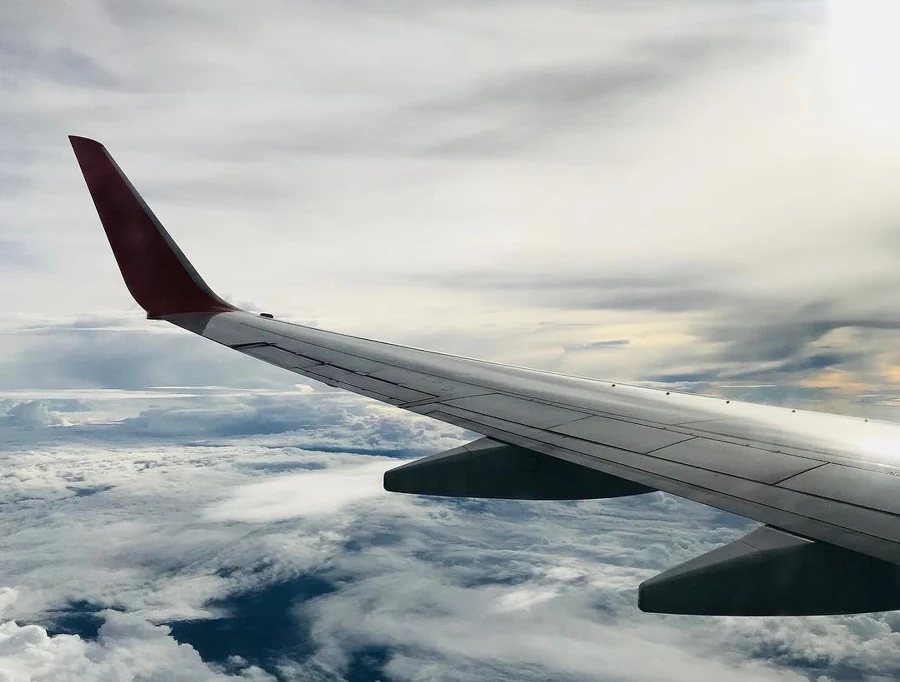
How Airplanes Defy Gravity
Published by:
Blake Murphy
Have you ever marveled at the sight of an airplane gracefully soaring through the sky? Have you ever wondered how it manages to stay airborne? The secret lies in a fundamental principle known as lift. We will unravel the science behind lift and unveil the intricate mechanisms that enable airplanes to conquer the skies.
Unveiling the Force of Lift
At its core, lift is the upward force that counteracts an airplane’s weight. This remarkable force is engendered by the wings as they maneuver through the air. Delving into the secrets of lift generation, we uncover the mesmerizing interplay of wing design, air pressure differentials, and the Bernoulli principle.
The Wings’ Ingenious Design
The wings of an airplane are meticulously crafted to produce lift by creating a variance in air pressure above and below them. The secret lies in their shape and configuration. While the upper surface of the wing is elegantly curved, the lower surface remains comparatively flat. As the airplane moves forward, air glides over the wing, conforming to the curvature of the upper surface. The air traveling above the curved surface is compelled to traverse a longer distance, necessitating a higher velocity than the air beneath the wing.
Harnessing the Bernoulli Principle
This variation in air velocity engenders a disparity in air pressure, giving birth to the Bernoulli principle, a fundamental concept in fluid dynamics. According to this principle, as the speed of a fluid, such as air, increases, its pressure proportionately decreases. Hence, the air pressure on the top surface of the wing is lower than that on the bottom surface, ultimately fostering the creation of lift.
The Role of Angle of Attack
To further manipulate lift, pilots can adjust the angle of attack, which refers to the angle formed between the wing and the oncoming airflow. By altering this angle, the disparity in air pressure intensifies, leading to an augmented lift force. However, it is essential to exercise caution, as exceeding the angle of attack limit can result in an aircraft stall, a perilous situation that demands meticulous recovery techniques.
Unlocking the Power of Flaps
In their pursuit of enhanced lift, pilots can deploy flaps strategically positioned along the wings’ trailing edges. These movable surfaces amplify the wing’s surface area, thereby augmenting the volume of air flowing over it. By expanding the wing’s reach, the flaps engender a surge in lift production, offering pilots greater control during takeoff and landing maneuvers.
Lift serves as the counteracting force that propels airplanes skyward, defying the constraints of gravity. Through ingenious wing design, manipulation of the angle of attack, and the utilization of flaps, airplanes harness the principles of fluid dynamics to generate lift. Armed with this newfound knowledge, the next time you find yourself aboard an aircraft, you can truly appreciate the marvels of physics at play, observing the wings in motion and comprehending the intricate dance between lift and pilot control.
